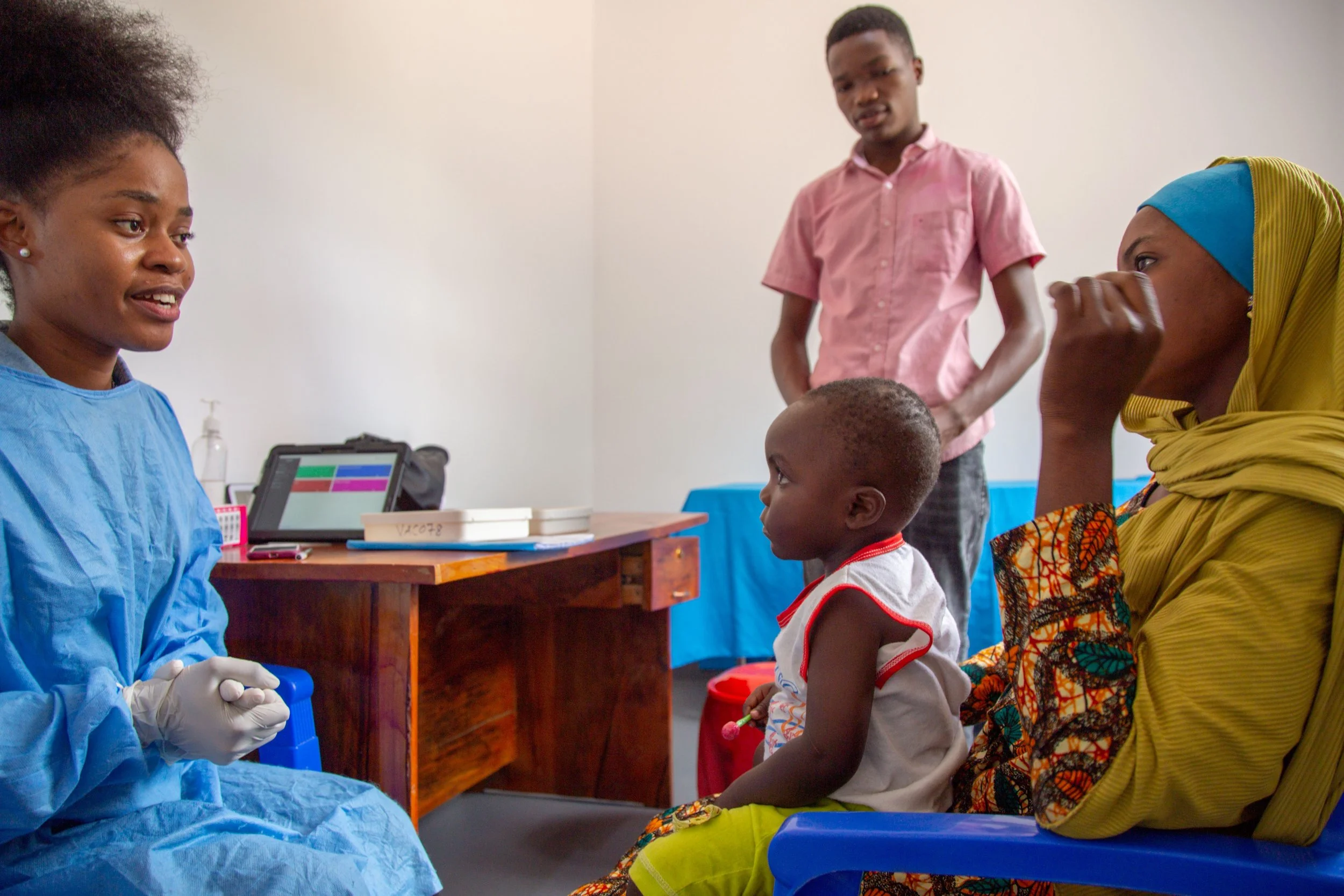R21: A Race against Time
Malaria has been a scourge on the African continent for thousands of years. A vaccine remained elusive for decades, until the first was approved in 2021, but supply has been extremely limited. Now, another vaccine, R21, has been shown to be safe an effective. Yet even though about 80 million children next year will fall in the ideal age range for malaria vaccination, far fewer than that will be vaccinated under current plans.
By the end of 2025, there could be 200 million doses of R21 produced. The world should make this the target and not let a single potential dose go to waste. But as of mid-2024, only a small fraction of this enormous potential — just 10 million doses — are planned for use. This would leave tens of millions of children unvaccinated in 2024 despite having doses available. Hundreds of thousands of lives are on the line.
The COVID-19 pandemic showed that over a billion vaccine doses can be delivered rapidly in Africa — but sufficient political will and funding are needed. Preliminary estimates indicate that the total cost of vaccinating a single child could be as low as US$25. For every million children fully vaccinated, almost two million malaria infections will be averted, and over 6,300 lives will be saved.
The vaccine, then, would be remarkably cost effective: the average cost of saving a life through malaria vaccination could be under $4,000.
1Day Sooner regularly updates a running report documenting information related to the R21 and RTS,S malaria vaccines, planned rollouts, and the need to bring more of these life-saving vaccines to the children who will desperately need them. You can view the latest status report, updated in July 2024, here.
1Day Sooner’s press releases and blog posts also dive deeper into related topics, including:
Calls for urgent action to address delays in Africa’s malaria vaccine rollout on World Malaria Day
Cost-effectiveness of malaria interventions: a systematic review
Malaria vaccines: Turning a scientific triumph into millions of lives saved
Beyond the needle: Understanding the safety of life-saving malaria vaccines
10 country-specific insights from Africa’s fight against malaria
R21 vaccine is cost-effective compared to popular malaria preventions
What lessons can be learned from COVID-19 vaccine rollout in Africa?
How much will the R21 malaria vaccine save in medical costs of treating malaria?
R21 pre-immunization visit in Tanzania (courtesy of Tom Wilkinson, University of Oxford)






